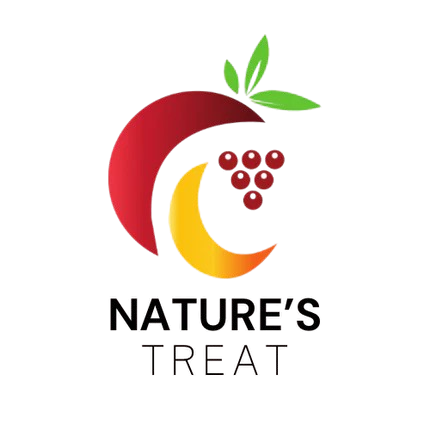
Nutritional Power: Wild vs. Cultivated Berries
Wild-harvested berries often outshine their farmed counterparts in nutrients and antioxidants. Studies show wild blueberries and cranberries pack much higher levels of antioxidant phytonutrients than cultivated varieties. For example, Alaskan wild blueberries scored 3–5× higher on the ORAC antioxidant test than common cultivated blueberries. Wild berries like lingonberries (ORAC ~203) and highbush cranberries (~174) top the charts of antioxidant power
. These elevated ORAC scores come from concentrated anthocyanins and polyphenols (plant compounds) in the tiny wild berries. In fact, a U.S. Heart Association report notes that “wild blueberries pack more anthocyanins into a smaller space than domesticated blueberries”– giving wild berries richer antioxidant “superfood” status despite their small size.
Key Nutrient Differences
-
Antioxidants and Polyphenols: Wild berries are often richer in anthocyanins, flavonols and other antioxidants. One study found wild blueberries contain significantly more polyphenols (flavonols, phenolic acids, anthocyanins) than cultivated ones, which helps combat oxidative stress and inflammation.
-
Vitamins: Wild berries are excellent sources of vitamin C and K. They can help meet daily needs with far fewer calories than less-nutritious snacks. For example, one cup of wild blueberries can supply ~15–20% of daily vitamin C.
-
Minerals: Wild blueberries also tend to concentrate minerals. Analyses show wild blueberries have higher levels of calcium, magnesium, manganese and zinc than farmed berries from the same region. (This is likely because wild plants tap natural soils in forests.)
-
Fiber and Energy: Both wild and cultivated berries offer fiber (around 3–4 g per cup) and modest calories (~80–100 calories). The fiber helps feed gut-friendly microbes and slow sugar absorption. Wild berries often have slightly less sugar by volume (since they’re smaller and tangier), making them a smart low-calorie nutrient boost.
Flavor and Use
Wild berries also taste more intense than cultivated berries. Their smaller size and natural growing conditions concentrate flavor (tartness and sweetness) in each berry. This makes them excellent for all-natural foods and snacks. In smoothies, salads, oatmeal or baked goods, a handful of wild blueberries or cranberries can add bright color, flavor and a nutrient punch that outperforms larger cultivated berries. (When dried into snacks, wild berries retain most antioxidants, as heating or dehydration generally increases antioxidant concentration.)
In summary, wild-harvested berries often deliver superior nutrition: up to several times more antioxidants and key minerals than their farmed cousins. For health-conscious snackers, that means more bang for your bite. Experience the difference yourself – try Nature’s Treat’s selection of wild dried berries, from wild blueberries and cranberries to aronia and goji. Each snack is a clean, natural source of phytonutrients, handpicked from nature and carefully dried to lock in its wild goodness.
Ready to taste the wild advantage? Explore our shop and stock your pantry with Nature’s Treat’s wild-harvested dried berries today!
